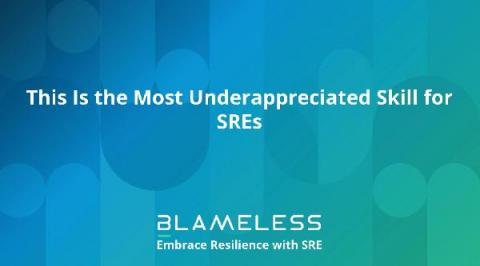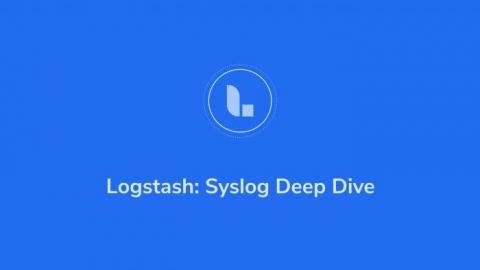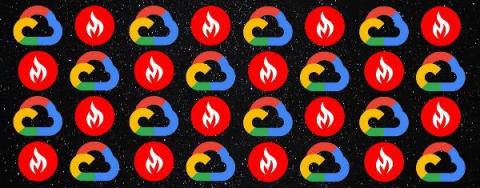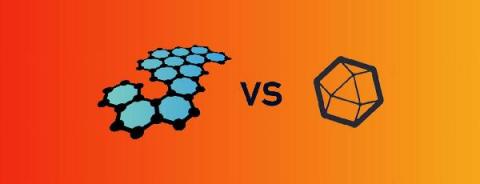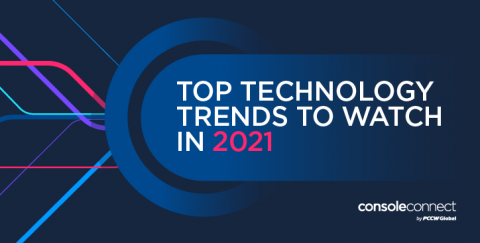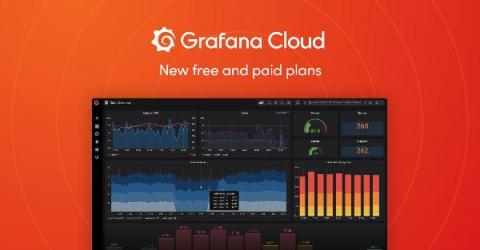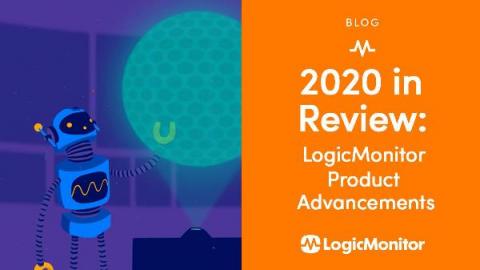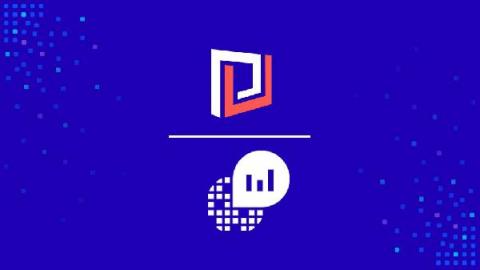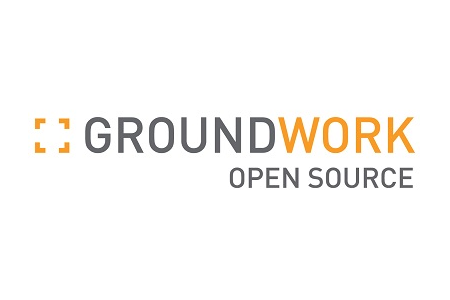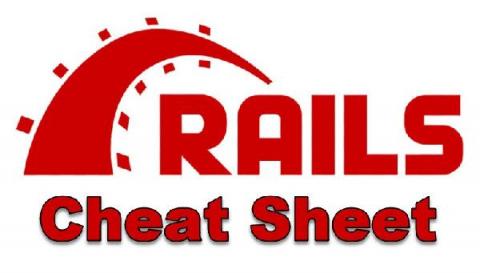Operations | Monitoring | ITSM | DevOps | Cloud
Latest Posts
A Practical Guide to Logstash: Syslog Deep Dive
Syslog is a popular standard for centralizing and formatting log data generated by network devices. It provides a standardized way of generating and collecting log information, such as program errors, notices, warnings, status messages, and so on. Almost all Unix-like operating systems, such as those based on Linux or BSD kernels, use a Syslog daemon that is responsible for collecting log information and storing it.
Integrating Grafana and CloudSQL
In this article, we are going to see how we can integrate Google Cloud with Grafana. We will integrate Google Cloud SQL with Grafana and plot the metrics on Grafana. We will also look at how we can use Google Stackdriver as the data source in Grafana to expose the metrics of Google Cloud VM’s and platforms. To use Grafana immediately, we will be using Hosted Grafana by MetricFire.
Graphite vs. InfluxDB
Both Graphite and InfluxDB are time-series monitoring data platforms, both of which have high levels of adoption throughout many industries. Both of them are suitable for enterprise use, are scalable, and are stable. That being said, there are some benefits and drawbacks to each. While InfluxDB has many benefits, many developers still prefer Graphite due to its large community, stability, and reliability.
Top Technology Trends To Watch In 2021 (Part 2)
The new Grafana Cloud: the only composable observability stack for metrics, logs, and traces, now with free and paid plans to suit every use case
Oftentimes users of open source are told to go download it and figure it out… or pay for a managed solution in the cloud. So the typical choice is free and do-it-yourself or expensive and easy. With our new changes to Grafana Cloud, we are making it both free and easy to have a real, composable observability solution.
2020 in Review: LogicMonitor Product Advancements
2020 is finally over and all of us are hopeful of a return to a sense of normalcy in 2021. At LogicMonitor, we came back re-energized from a healthy year-end break and are putting the finishing touches on our product roadmap for this year. This is a great opportunity to look back on what we accomplished in 2020 despite all of the challenges we faced.
How to build the ideal dev team dashboard
So you’ve now finally finished putting all the pieces together – transitioned to Azure, deployed resources, deployed applications, got familiar with Azure Monitor and set up all the monitoring. You’re now collecting all the monitoring, application performance and security data for your Azure resources in Log Analytics workspaces, ready for analysis. (Head over to our Azure Monitor Learning Path if you're still figuring out how to do all that.) But is only the collection enough?
Looking Inside TLS Certificates
In the last decade, it has become increasingly important to secure websites and applications using HTTPS instead of HTTP. A GroundWork Monitor installation is no exception, so in GroundWork 8, using HTTPS to access the system is the default setup, and you can add TLS certificates to it that you generate or purchase. See Adding Certificates to HTTPS for more information on doing so.
Ruby on Rails Cheat Sheet
We’ve been doing some Ruby on Rails development lately, in preparation for PagerTree 4, and we wanted to put together a Ruby on Rails Cheat sheet. This is a quick reference guide to common ruby on rails commands and usage.


